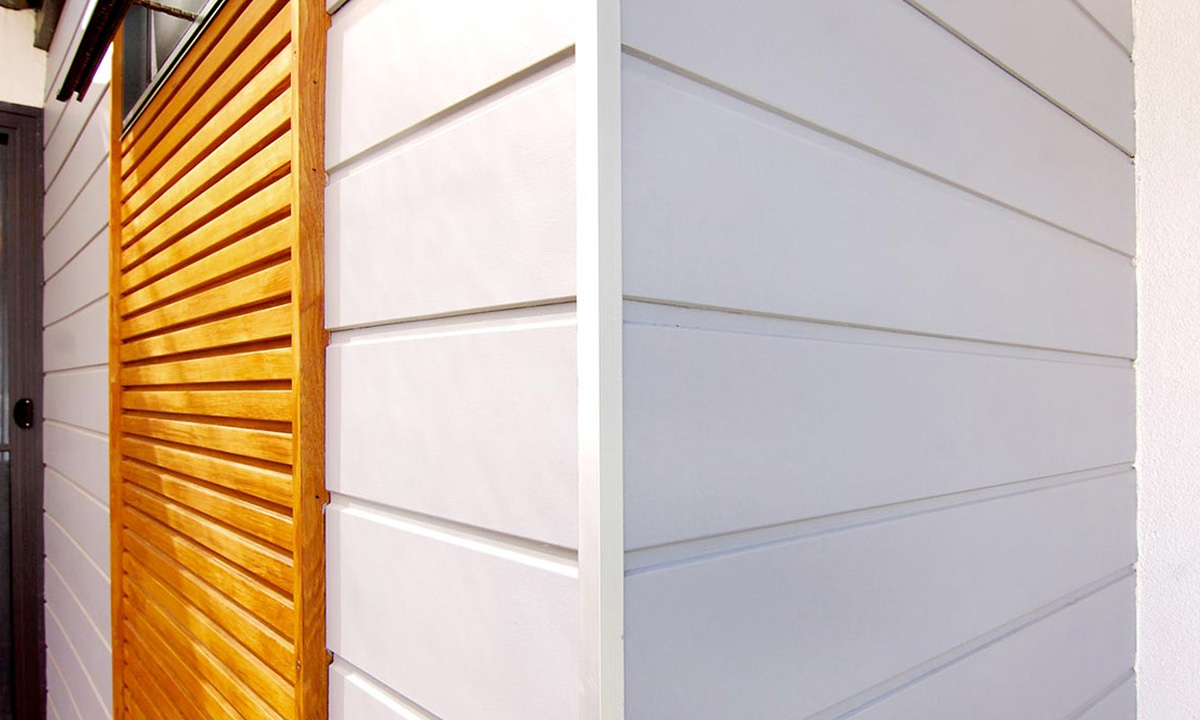Having to work in the Engineering and heavy construction side most of my career I do find that trying out new products is key to a successful future.

There are an number of cladding systems out in the market and some I have worked with others I’m looking forward to working with in the near future.
Block work with plaster or clear coat – Very solid and stable, needs thicker foundations than the usual so can be expensive. My experience working with blockwork tells me the contractor installing the blocks is key to this. These can be used to support the floor above and can be used as a feature wall (I’ve seen this personally and it looks amazing if done right).
Metal Cladding – Adds a modern touch to a building. I prefer metal cladding on buildings as it gives it a modern and contemporary look. There is a lot of skill involved with installing metal cladding to ensure there is no dents or ripples. Perfection is key.
Autoclaved Aerated Concrete – This is the next product on the list of items I must try out. The company is solid, references check out now the price…….
Brick Cladding – Very quick to go on, proven to last a lifetime. Cost effective way to build a one storey building. Not my personal preference as I like a more modern look.
Vinyl Cladding – this product seems to be popular in the US and Canada, but I am a bit reluctant to use this due to the foam and lack of research on my behalf. From what I have seen, very quick to install I must admit.
Weatherboard Cladding – Another proven product which has been used in New Zealand since the 1900’s. There are several variations to this, vertical, horizontal, Cedar etc. Weatherboard cladding is my personal preference and I like to mix any two of these together to come up with a modern and contemporary design.
Monolithic Plaster (not to be confused with Stucco) – Very popular in 2000’s but over the last 10 years has come under huge scrutiny due to the leaky home syndrome. There are several reasons for failure and some listed below:

